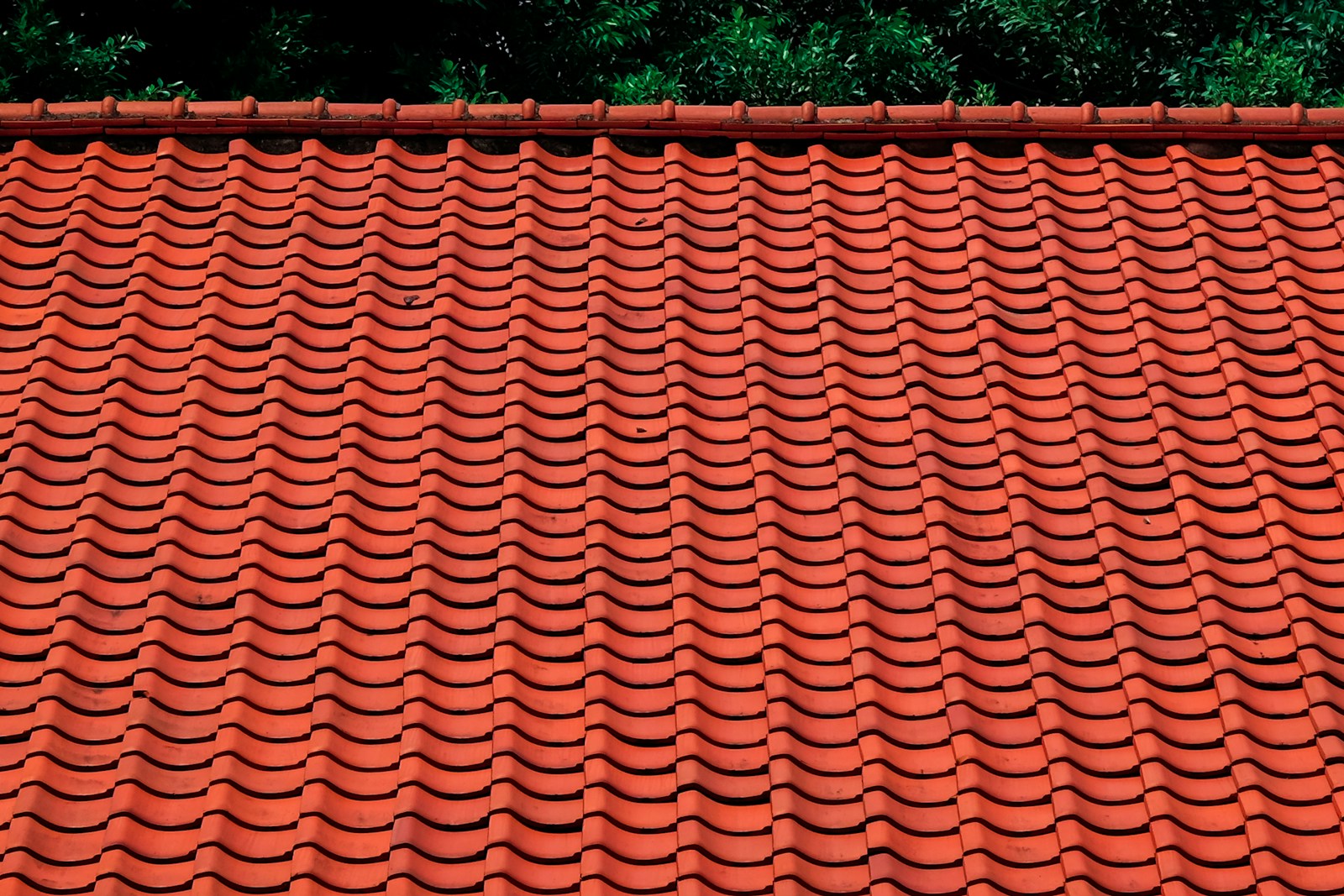Take Charge: A Beginner’s Guide to DIY Metal Roofing
I. Introduction
A. Importance of a well-maintained roof
A roof is an essential component of your home, providing protection from the elements and contributing to the overall aesthetics. However, a well-maintained roof goes beyond these basic functions. It ensures safety, comfort, and energy efficiency for your home. By taking care of your roof, you can prevent costly repairs and increase the longevity of your entire house.
B. Benefits of DIY metal roofing
In recent years, DIY metal roofing has gained popularity among homeowners due to its exceptional durability, efficiency, and longevity. But what are the specific benefits of choosing this option? First and foremost, it offers a sense of accomplishment as you take control of your home improvement project. By installing a metal roof yourself, you can acquire practical skills and ensure that the work is done to your satisfaction. Additionally, opting for a DIY approach allows you to save significantly on labor costs, making it a cost-effective choice.
C. Overview of the article’s purpose and content
This article aims to serve as a comprehensive guide for beginners who are considering a DIY metal roofing project. We will cover various aspects such as the different types of metal roofing materials available, the planning and preparation required, safety precautions, the installation process, maintenance tips, cost considerations, and more. By the end of this article, you will have a solid understanding of what it takes to successfully undertake a DIY metal roofing project.
II. Understanding Metal Roofing
A. Types of metal roofing materials
1. Steel
Steel is a versatile and widely used metal roofing material. It is renowned for its exceptional strength, durability, and resistance to various weather conditions. This makes it a popular choice for homeowners seeking a long-lasting roofing solution. Steel roofs can withstand high winds, heavy snow loads, and even hail. They are also fire-resistant, providing an added layer of safety for your home.
2. Aluminum
If you’re looking for a lightweight yet sturdy option for your residential roofing, aluminum is an excellent choice. It offers many benefits, including exceptional corrosion resistance, making it highly suitable for coastal areas or regions with high humidity. Aluminum roofs are also known for their longevity and low maintenance requirements. Additionally, this material is highly reflective, resulting in increased energy efficiency by reducing heat absorption during hot summer months.
3. Copper
For those seeking a premium roofing material that exudes elegance and sophistication, copper is the perfect choice. It offers a unique and timeless appearance that develops a beautiful patina over time, adding character to your home. Copper roofs are not only aesthetically pleasing but also incredibly durable, resistant to corrosion, and lightweight. They can withstand extreme weather conditions, including heavy rain, snow, and even hail. However, it’s important to note that copper roofing is more expensive compared to other options.
B. Pros and cons of each material
Like any roofing material, each metal option has its own set of advantages and disadvantages. Understanding these can help you make an informed decision based on your specific needs and preferences. Here are some key pros and cons of each material:
- Steel:
- Pros:
- Cost-efficient compared to other metal roofing materials.
- Exceptionally durable and can withstand harsh weather conditions.
- Resistant to fire, making it a safer option.
- Cons:
- Prone to denting if hit by heavy objects.
- May require additional insulation to prevent noise during rain or hailstorms.
- Aluminum:
- Pros:
- Lightweight, making it easier to handle during installation.
- Highly resistant to corrosion and rust, suitable for coastal areas.
- Reflective surface reduces heat absorption, improving energy efficiency.
- Cons:
- Not as strong as steel and more susceptible to denting.
- Relatively higher cost compared to other options.
- Copper:
- Pros:
- Offers a distinctive and elegant appearance.
- Lightweight and resistant to corrosion.
- Long-lasting and can withstand extreme weather conditions.
- Cons:
- Higher cost compared to steel and aluminum.
- Requires professional installation due to its unique characteristics.
C. Factors to consider when choosing metal roofing
Selecting the right metal roofing material involves considering several crucial factors:
-
Budget: Determine how much you are willing to invest in your roof. Different metal roofing materials come with varying price points.
-
Climate: Evaluate the climate in your area. Consider factors such as temperature fluctuations, humidity levels, and the frequency of severe weather events like storms or hurricanes. This will help you choose a material that can withstand the local weather conditions effectively.
-
Architectural Style: Take into account the architectural style of your home. Different metal roofing materials can complement specific architectural designs, enhancing the overall visual appeal.
-
Personal Preferences: Consider your own preferences in terms of aesthetics and desired maintenance levels. Some materials may require more upkeep than others, so choose one that aligns with your lifestyle and maintenance capabilities.
By carefully considering these factors, you can select the most suitable metal roofing material that offers the best performance, durability, and matches the style of your home.
(Continue with the rest of the headings and subheadings…)
